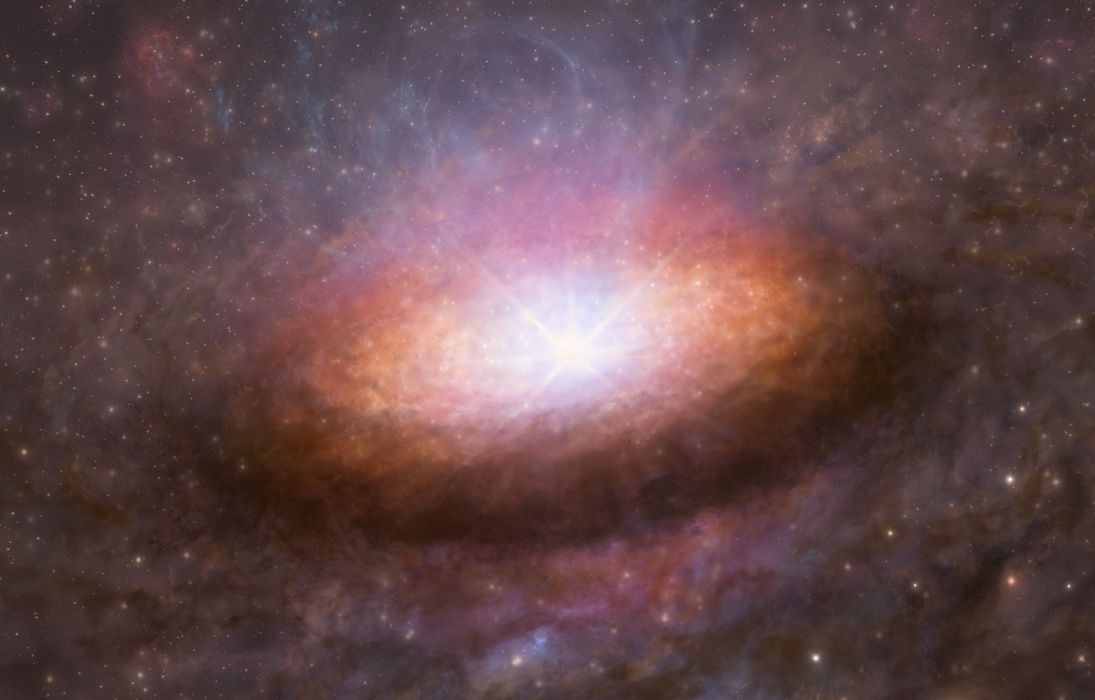
New discovery promises to reveal hidden black holes across the universe
Scientists have detected radio signals from hot gas surrounding a supermassive black hole that existed 12.9 billion years ago, according to new research from an international team of scientists including researchers from The Australian National University (ANU).
This finding is the closest look ever at hot molecular gas near a black hole from such an early time in the universe, revealing in remarkable detail the conditions of a rapidly growing black hole.
The study suggests that many black holes may remain hidden behind dust but could be uncovered by this new observational approach.
The international team, led by Professor Ken-ichi Tadaki from Hokkai-Gakuen University, used ultra-high-resolution observations to study the environment surrounding a supermassive black hole more than a billion times the mass of the Sun.
Study co-author Dr Takafumi Tsukui, from ANU, said the discovery had significant implications for our understanding of black holes in the early universe.
“The findings help us understand how black holes grow from tiny seeds in the early universe to supermassive black holes, and the challenges posed by dust and gas that can obscure them,” he said.
“Many supermassive black holes may lie concealed within dusty regions of the early universe, simply undetected.”

Supermassive black holes generate intense energy as they consume surrounding matter. This intense energy powers quasars, some of the brightest objects in the universe.
Yet, despite their brightness, examining the innermost regions of distant quasars has remained challenging.
Using the Atacama Large Millimeter Array (ALMA) telescope’s ultra-high-resolution observations, the international team revealed, for the first time, the heating mechanisms affecting gas within just a few hundred light years of the black hole.
According to the scientists, the observations help researchers better understand the extreme conditions near the black holes.
“We discovered that intense X-ray radiation emitted by the material spiralling around the black hole, along with strong winds and shock waves, heat the gas to energy states far higher than what’s typically seen in normal galactic environments, where the main source of energy comes from the ultraviolet radiation from stars,” Dr Tsukui said.
“As the radio waves observed by ALMA are not easily absorbed by dust, our technique becomes a powerful tool for discovering hidden supermassive black holes.”
By applying similar high-resolution observations of gas emissions to other objects, the researchers expect to develop a more comprehensive picture of early supermassive black holes and gain crucial insights into their formation and evolution.
“The breakthrough in our research comes from specifically targeting radio emissions from carbon monoxide molecules in higher energy states, which uniquely reveals the hot gas conditions in the immediate vicinity of the supermassive black hole,” Dr Tsukui said.
The research is published in Nature Astronomy.
This article was first published by ANU Reporter.



